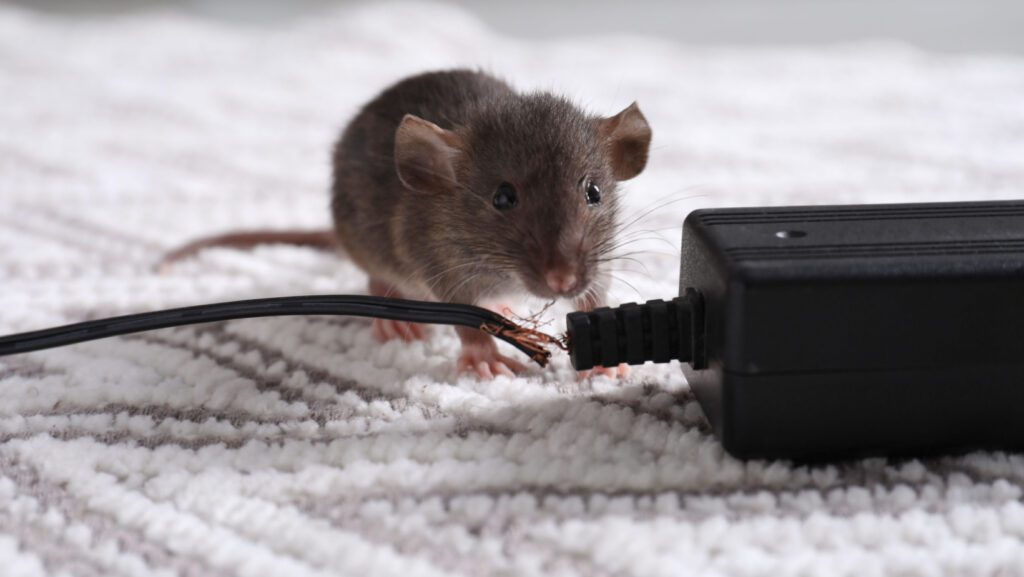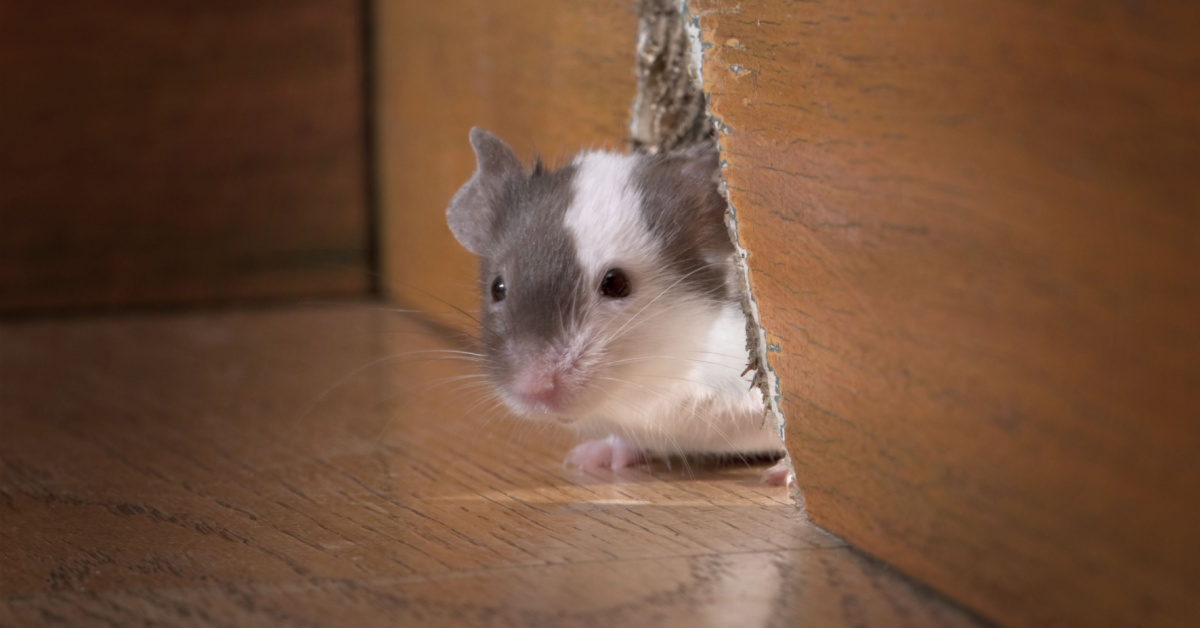Identifying Rodents Through Sounds, Droppings and Other Signs
Dealing with a rodent infestation at home can be frustrating and concerning due to health risks and property damage. Rodents like mice, rats, and squirrels can sneak into attics, basements, walls, and other out-of-sight areas. Identifying rodents by the signs of their presence and differentiating between species is vital for effective control and removal.
Listening for noises, looking for droppings, and noticing other indicators can reveal what kind of rodent has invaded your New Jersey home.
Scratching Sounds
Rodents have sharp claws on their feet for climbing, digging, and grasping objects. Mice and rats often scratch and scurry in walls, attics, and closed spaces as they travel and nest. Grinding noises may indicate they are also filing down and sharpening their growing claws.
Light patter of tiny feet and fast scratching indicate active mice, while rats produce louder thuds and scrapes due to their larger size.
Chewing Sounds

The ubiquitous sign is the sound of gnawing and chewing. Mice and rats must constantly gnaw to file down their continuously growing teeth. You may hear them munching on wood beams, baseboards, wires, and other materials.
Structural damage, this is a fire hazard if they chew through electrical wires. The light chewing of mice is easy to overlook, while rats produce louder gnawing noises. Squirrels also chew noisily when they reside in an attic or other space.
Chattering
Certain species, like rats and squirrels, produce chattering vocalizations. Rats make high-pitched chirps, tweets, barks, squeals, and other social sounds. The uproar increases when young rats reach maturity. Squirrels emit a fast-paced chattering call, especially in attics when they sense danger or compete for territory.
Identifying rodents, these chatty species by sound helps pinpoint areas to target control measures.
Squeaking
One of the most apparent audio signs is the high-pitched squeaking from mice. They vocalize at frequencies humans can detect when defending territory, communicating alarm, and during mating. Mouse squeaks are rapid and short, sounding like tiny shrieks. Young mice squeak loudly when separated from their mother and litter. Rats may also squeal but at a lower pitch than mice due to their larger size.
Guaranteed if you hear any rodent squeaking, there is more than one occupying your home.
Droppings
Carefully looking for and identifying rodent feces provides confirming evidence of an infestation. Mice produce rice-shaped black droppings about 1/4 inch long. Rat droppings are larger, around 3/4 inch long, and spindle-shaped. Squirrel feces are usually capsule-shaped.
Rodent droppings carry diseases, so never touch them with bare hands. Signs of fresh feces indicate active infestation. Droppings along frequently traveled paths signal high-traffic areas to set traps and bait.
Visible Sightings
Spotting mice, rats, or squirrels in the home is the most definitive means of identification. Seeing them scurry across floors, through walls, and along baseboards means a significant infestation may be underway. Note distinguishing features like fur color, ear and tail proportions, and size to aid identification.
Rodents also allow you to track where they originate and disappear, pointing to nesting sites and entry points.
Tracks
Footprints and tail drag marks can confirm rodent presence and ID species. Mice leave very fine tracks around 1 to 1.5 inches long. Rats have larger prints, around 2.5 to 3.5 inches. Squirrels leave five-toed tracks with long nail marks from climbing and bounding.
Look for tracks near food, along walls, and in dusty areas. Disturbed insulation or soil also shows burrowing and digging behaviors.
Urine Stains
Rodent urine glows under UV blacklights as they frequently urinate along their pathways. The urine of mice and rats contains a phosphorescent chemical that illuminates their routes when lit up. Mouse urine stains appear as fine dots, while rats produce larger patches.
Following glowing trails allows pest control technicians to pinpoint nests and high-activity zones.
Odor
A distinct musky odor often betrays an active rodent problem, especially from rats and mice. Rodent urine gives off an ammonia-like smell. Rat odor is more robust with a stale, pungent scent. Mouse odor is less noticeable but has a similar urine smell. Squirrels emit a skunk-like odor in confined homes.
Any foul, rodent-like smell typically means a substantial infestation is underway.
Contact For Identifying Rodents and Effective Removal and Control
For effective and humane rodent control in New Jersey, contact the pest experts at NJ Pest Control. We use integrated pest management techniques customized to your infestation issue based on thorough inspection. After identifying areas of activity, we implement targeted extermination methods and prevention.
Don’t wait until you have a full-blown rodent infestation. Contact NJ Pest Control when you spot any signs of mice, rats, or squirrels or hear strange noises. Our team operates locally throughout New Jersey to rid your home of destructive rodent pests.

